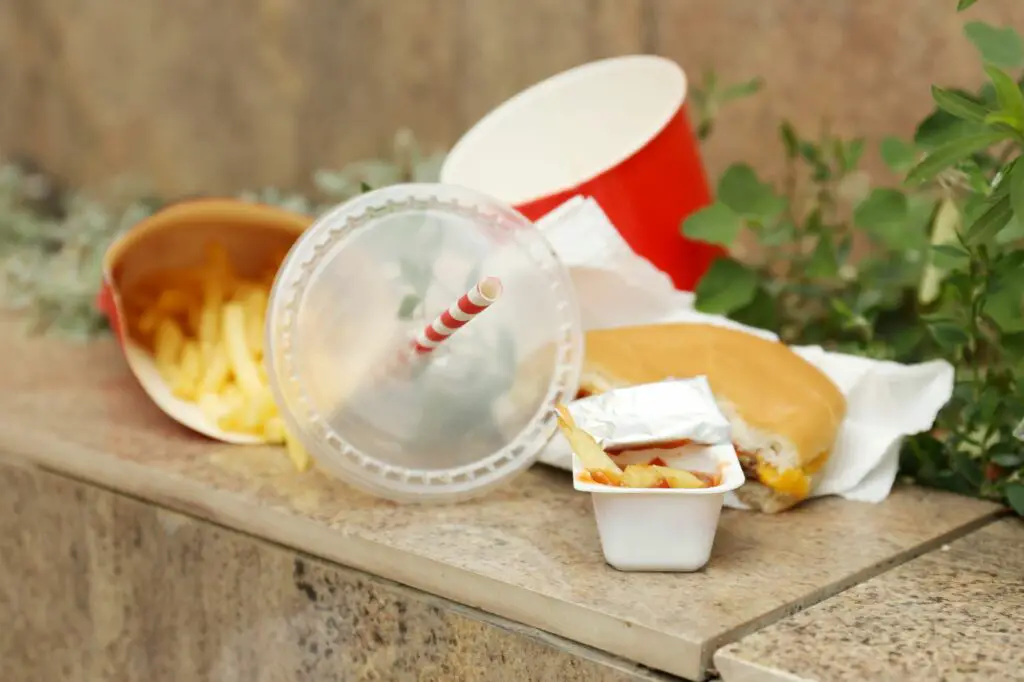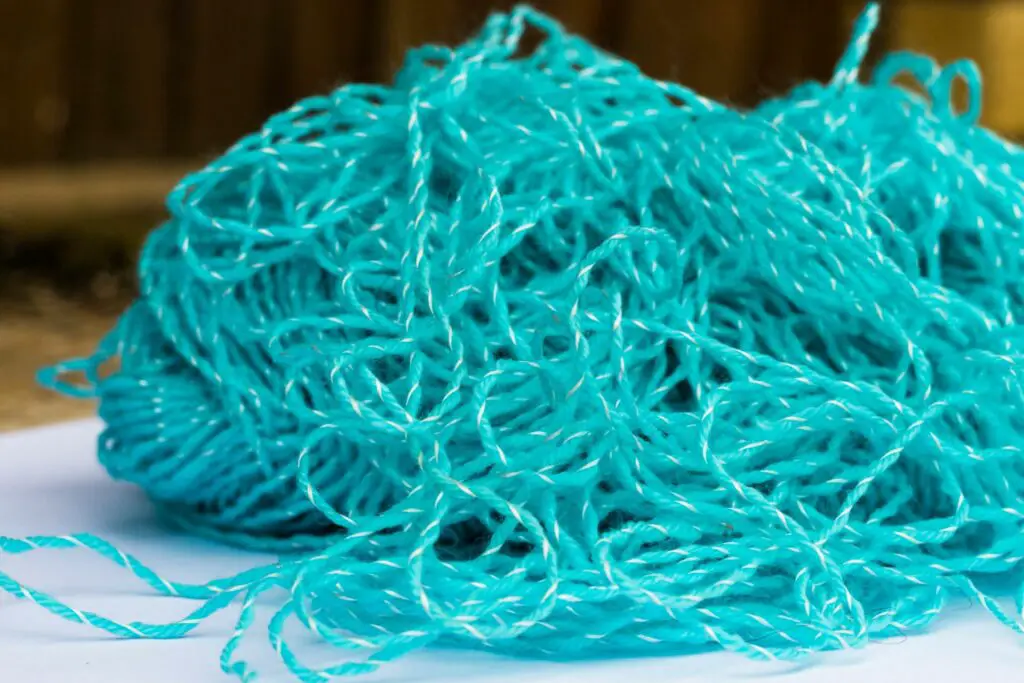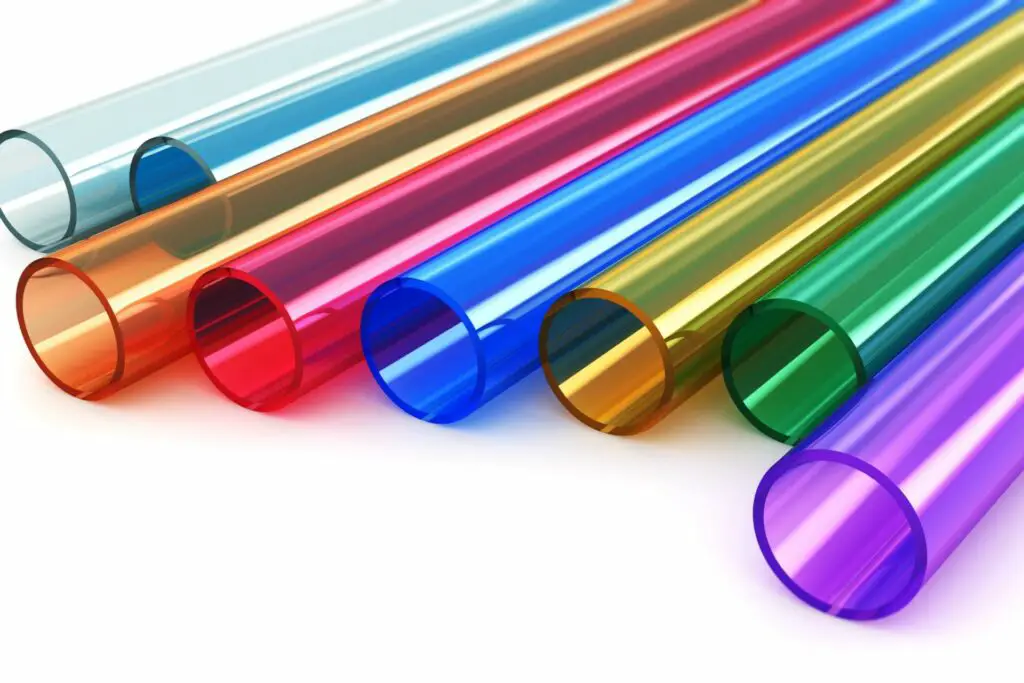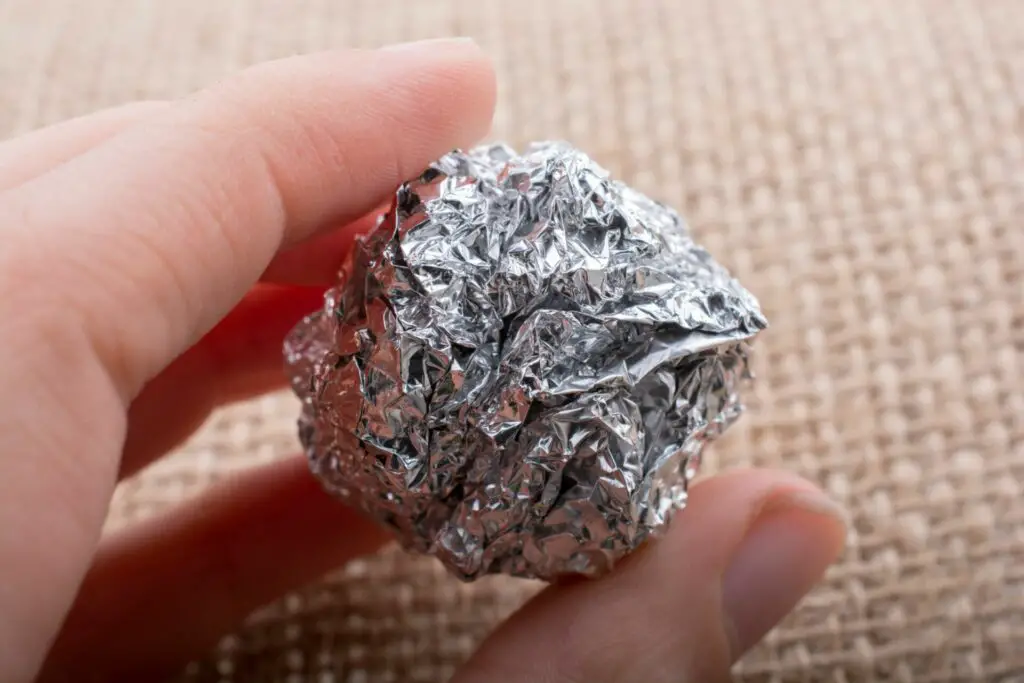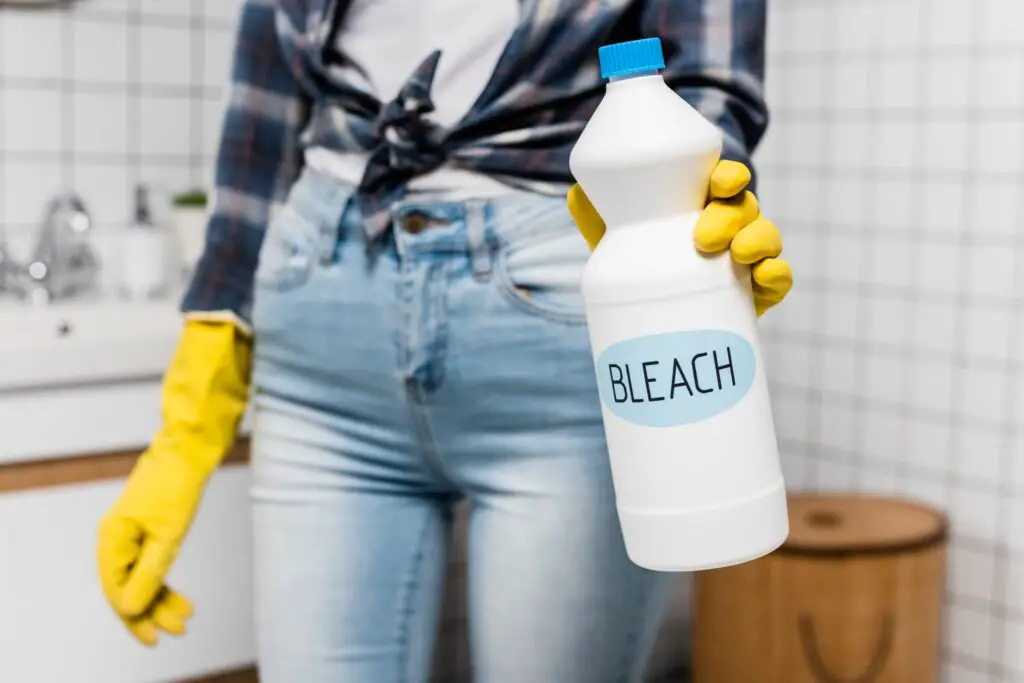Zippers are on almost anything: jeans, trousers, bags. There’s no avoiding them.
But, with sustainable fashion becoming more popular, you might already be wondering if zippers are eco-friendly.
Generally, no, zippers are not eco-friendly. However, as an almost unavoidable facet of clothing, the bigger issue is arguably over-consumption of fashion.
1. What Are Zippers Made Of?
Zippers are usually made from metal or plastic.
Metal zippers come from brass, aluminum or nickel, while plastic zippers are made from polyester or nylon.
2. Are Zippers Made Sustainably?
Zippers are not sustainable. As mentioned earlier, they are usually made from metal or plastic. These are both non-renewable resources.
Most of the tin, zinc, and copper on the Earth has already been mined and is in use.
Mining for metals to make zippers can also contribute to waste, air, and water pollution.
Plastic comes from petroleum, which is also a limited resource. Manufacturing plastic also releases emissions, but not as much as metal does.
Approximately 4.5% of greenhouse gas emissions globally come from plastic production, while metal production accounts for around 10%.
While plastic might seem greener in this regard, plastic zippers can be of lower quality than metal zippers and break easier.
This means you may need to replace plastic zippers sooner than metal zippers.
3. Are Zippers Bad for the Environment?
Zippers are not good for the environment. They require energy and resources to be manufactured and are hard to dispose of sustainably.
The fashion industry is believed to be behind 10% of the carbon emissions released globally; the remainder is attributed to transportation, agriculture, electricity and more.
Research found that more than 10% of the clothing in women’s wardrobes is never worn.
Statistics have also shown that the average American will throw away approximately 81 lbs (37 kg) of clothing per year.
According to a 2017 study, 45% of participants bought new clothing for themselves at least once a month.
Zippers might be unavoidable on clothing or bags, but the greenest thing to do is to shop mindfully and limit buying items you don’t need or won’t use.
4. Are Zippers Biodegradable?
Neither metal nor plastic are biodegradable. However, as more and more people are trying to live greener lives, sustainable fashion has grown in popularity.
Some brands have since manufactured biodegradable zippers made from bioplastics.
These kinds of plastic are made from plant matter, rather than petroleum.
For example, Natulon zippers are made from recycled polyethylene terephthalate (PET) and polybutylene terephthalate.
PET is recyclable. Polybutylene terephthalate is a type of polyester.
Polyester is not biodegradable, but there has been promising research on creating biodegradable polybutylene terephthalate.
Bioplastic is not always as green as it seems.
Growing plants to be used for these kind of plastic can lead to pollution due to the use of fertilizers, it also takes up land which would be used for other resources like growing food.
5. Are Zippers Compostable?
Regular metal and plastic zippers are not compostable. Eco-friendly alternatives to regular zippers may not be compostable either.
Not even all biodegradable plastic is compostable.
However, keep in mind that an item being labeled a compostable doesn’t mean it is home compostable; it may still need to go through industrial composting.
A regular compost bin is not suitable for breaking down many kinds of bioplastics. They instead are broken down via industrial composting.
Industrial composting is for bioplastics, meats, dairy and other products which take much longer to break down in a home compost bin or will end up attracting pests to a home compost bin.
This process heats it to a high temperature, allowing microbes to break it down. This cannot happen in nature or in a compost bin at home.
Should bioplastics end up in the ocean, they will contribute to plastic pollution as they break into smaller pieces. This is hazardous to marine life that may consume the plastic.
Many areas do not have an industrial composting facility, so bioplastic will often end up in general waste.
To err on the side of caution, only place compostable bioplastics in your home compost bin if they explicitly state they are home compostable.
6. Are Zippers Recyclable?
While metals and some plastics are recyclable, this doesn’t mean zippers are.
Copper and brass are easily recycled, but zippers cannot go in your household recycle bin as their shape can damage equipment at a local recycling facility.
They also will not have the means to separate a zipper from the clothing or bags it was attached to.
Some regions have metal recycling centers for larger metal pieces like pots and pans, but not every city will have these.
These centers also may not accept zippers as they might not have the correct infrastructure to break them down.
Polyester is recyclable, but it cannot be recycled indefinitely.
The means to recycle textile goods is much less established and advanced compared to recycling the likes of paper products as it has not been around as long.
So, if you see clothing labeled as made from recycled polyester, it is more likely to have come from plastic bottles than clothing or zippers.
Clothing cannot go in the home recycle bin, regardless of whether there is a zipper or not.
Zippers and clothing cannot be broken down and made into something new the way paper or cardboard are.
If you send clothing with a zipper to a recycling facility, the zippers are removed, and the fabric will be reused to make new fabric or even filling for furniture.
There does not appear to be a use for the zipper afterward.
7. Are Zippers Reusable?
If you’re good at sewing and plan to upcycle some old clothing, then zippers are reusable.
All you need to do is cut the zip from the fabric. Make sure to leave a lot of room to sew the zipper into the new piece.
You’ll notice the material around the zipper itself and the material of the original piece of clothing is different. The material close to the zipper tends to disintegrate if you sew it.
So, you’ll need to keep the surrounding fabric attached to the cutting and then fold it underneath when you attach it to the new piece. Then sew over that.
If you can’t sew, you can donate your old zipper to a local artist or seamstress.
8. Are Zippers Sustainable?
Zippers are not sustainable. The materials used to make them are not renewable and can cause pollution.
They are also non-recyclable and non-biodegradable, so unless they are reused, they will most likely end up in landfills.
However, as mentioned earlier, when you’re looking for new clothes or a bag, it can be very difficult to avoid items with zippers.
Plus, clothing is unsustainable due to high water usage, water pollution due to toxic dyes and microplastic shedding in the washing machine.
So, in this instance, the greener thing to do is to avoid impulse buying clothing, shopping secondhand to reduce the demand for new clothing, or buying from sustainable fashion retailers who focus on creating long-lasting garments without as steep of an environmental cost.
9. How to Dispose of Zippers
As zippers are not recyclable, they will need to go into general waste.
If your old items with zippers are in good condition, you can donate them to a charity shop.
If you know someone who likes to upcycle clothing, you can ask if they want your old zippers.
3 Eco-Friendly Alternatives to Zippers
1. Eco-Friendly Zippers
Eco-friendly zippers made from bioplastic or recycled plastic are a step in the right direction.
Producing bioplastics results in fewer emissions compared to regular plastic.
They are often biodegradable if disposed of properly by being sent to an industrial composting facility.
2. Wooden or Bamboo Buttons
Wood and bamboo and biodegradable and renewable resources.
However, remember that some kinds of varnish can still result in air pollution and impact whether they are recyclable or biodegradable.
3. Fabric Ties
Fabric ties or chords are used to tie clothing together. These can be made from biodegradable fabrics such as cotton or bamboo.
While fabric still has negative environmental impacts due to water pollution and CO2 emissions, fabric ties usually come from the same material as the rest of the garment.
So, in this instance, it is less harmful than a zipper being manufactured and added to the existing fabric.
They also make upcycling clothing for yarn or fabric strips easier as you do not need to remove the zipper or buttons.
You Might Also Like…
- Is Fast Food Bad for the Environment? (& What You Can Do)
- Is Fabric Softener Bad for the Environment? (+5 Eco-Friendly Options)
- Is Fuel Dumping Bad for the Environment? (& How Often It Happens)
- Is Electricity Generation Bad for the Environment? (What You Should Know)
- Is Dry Cleaning Bad for the Environment? (4 Surprising Facts)
- Is Diamond Mining Bad for the Environment? (Important Facts)
- Is DEET Bad for the Environment? 4 Effects (You Should Know)
- Is Cat Litter Bad for the Environment? (5 Common Questions)
- Is Burning Cardboard Bad for the Environment? (6 Facts)
- Is Burning Paper Bad for the Environment? (6 Surprising Facts)
- Is Burning Leaves Bad for the Environment? (7 Quick Facts)
- 4 Natural Cleaners for Quartz Countertops
- 6 Eco-Friendly Acrylic Paint Brands (For Sustainable Artists)
- 5 Eco-friendly Alternatives to Acrylic Paint (& How to Make Them)
- Is Acrylic Paint Bad for the Environment? (7 Quick Facts)
- Is Acrylic Yarn Bad for the Environment? 8 Crucial Facts
- Is Acrylic Bad for the Environment? (8 Quick Facts)
- Is Aluminum Foil Bad for the Environment? 7 Quick Facts
- Is Bleach Bad for the Environment? 6 Crucial Facts
- Is Lithium Mining Bad for the Environment? 6 Crucial Facts


